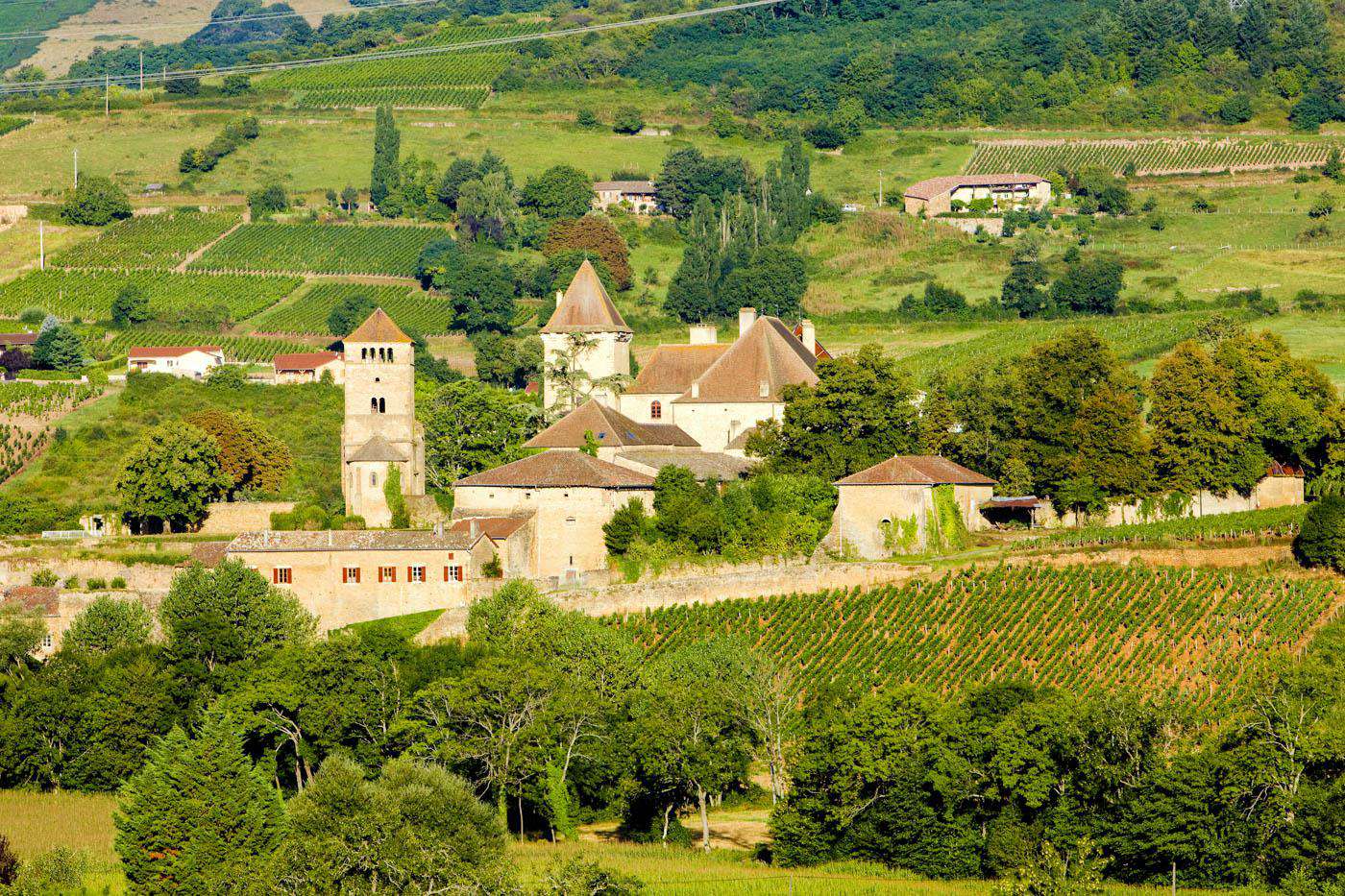Traveling in Burgundy
 Burgundy, France
Burgundy, France
Burgundy (or Bourgogne in French) is a historic region of east central France. The fertile Rhone and Saone river valleys make up the region's core is, where routes from Paris and the Rhineland to the Mediterranean converge. In the Middle Ages, Burgundy was the great dukedom which rivaled in power and prestige with the kingdom of France itself; in those days it covered a large part of central eastern France, including half of modern-day Switzerland. Today, Burgundy is one of the administrative regions of France, lying across the main lines of communication between Paris and Lyon; anyone travelling by train or on the French motorway network between Paris or north-east France, and Lyon and the south of France, must pass through Burgundy. The historic and modern capital of the Burgundy region is Dijon (population 150,000), a thriving administrative and cultural center, which is also a major communications and freight-distribution hub. Dijon has a historic city center, with old narrow streets, and houses built in the local pale honey-colored stone. Burgundy's wines, especially those of the celebrated Cote d'Or (Golden Slope), are among the world's most distinguished.
Regions
The Burgundy region is made up of four French departments:
Yonne, capital Auxerre, is a rolling agricultural area bordering on the outer fringes of the Paris region.
Nievre, in the west, capital Nevers, is a hilly department that includes the highest peak of the Morvan hills (Le Haut Folin), and a large part of the Morvan regional nature park.
The Cote-d'Or department, around Dijon, is hilly in the north west, and flat in the south east.
Saone & Loire in the south of the region stretches from the banks of the Loire in the west to the foothills of the Jura in the east, and includes large flat expanses of the Saone valley.

 Budget Your Trip is all about finding out how much everything costs so that you can travel cheaper and longer. Created by avid travelers Laurie and Bryan, our goal is to help you plan your next trip on the right budget. With average daily travel costs that are calculated from the budgets of real travelers, plus an analysis of hotel and tour prices, you can find out how much money you need to plan your next adventure. We also have plenty of travel advice, accommodation reviews, and activity suggestions.
Budget Your Trip is all about finding out how much everything costs so that you can travel cheaper and longer. Created by avid travelers Laurie and Bryan, our goal is to help you plan your next trip on the right budget. With average daily travel costs that are calculated from the budgets of real travelers, plus an analysis of hotel and tour prices, you can find out how much money you need to plan your next adventure. We also have plenty of travel advice, accommodation reviews, and activity suggestions.